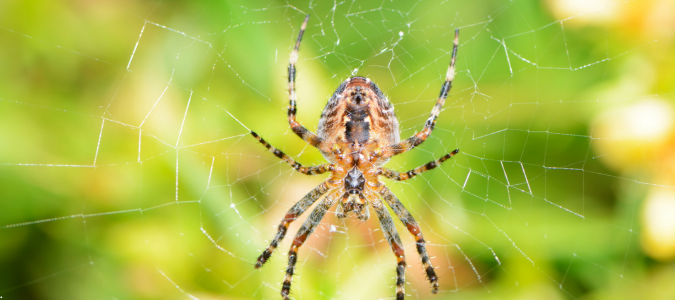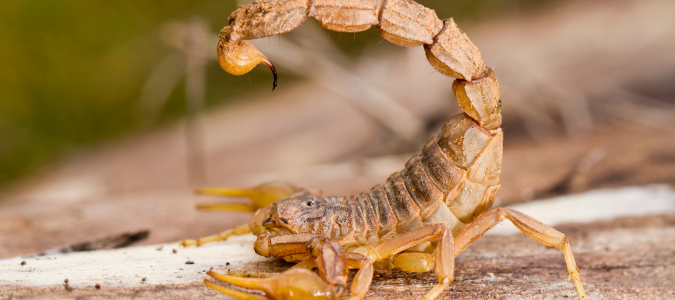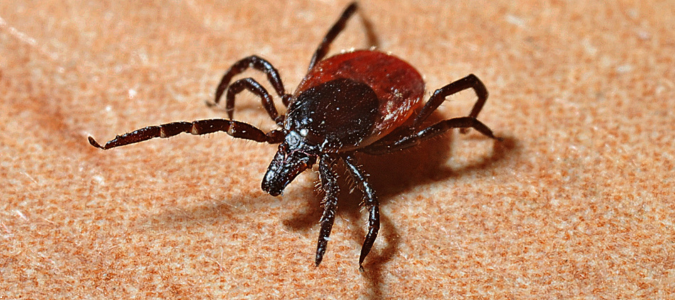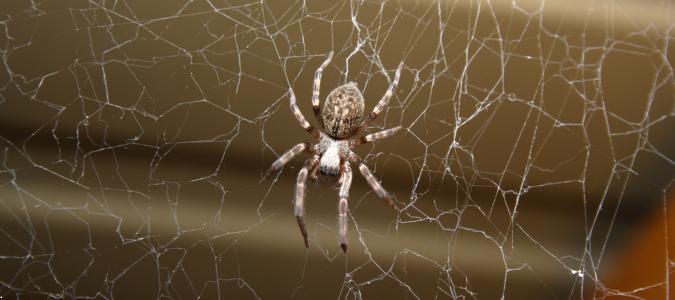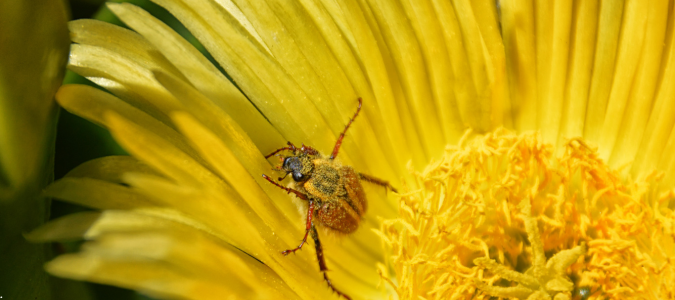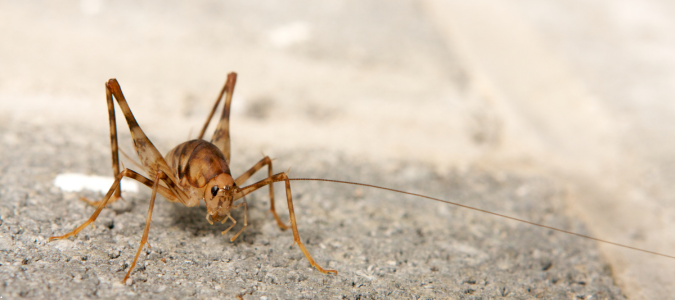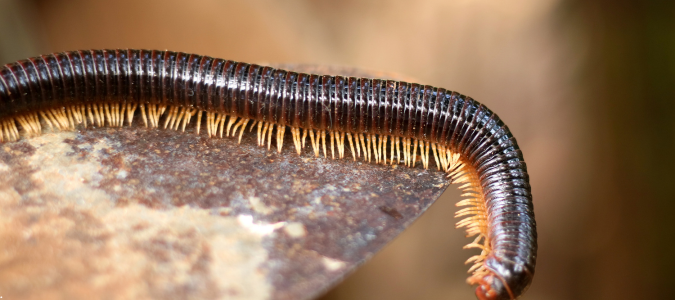Whether you like it or not, spiders are part of our world. And sometimes, they enter our homes without permission. These arachnids are known to give homeowners the heebie-jeebies, although most of them don’t pose a threat to humans.
If you’re one of the many who don’t want to share your home with spiders, we have some ways to make your space less appealing to these creepy crawlies.
If spiders continue to give you a scare at home, let pest control specialists come to the rescue. These professionals have the tools and expertise to manage the spider population on your property and stop them from bugging you. They can also answer other concerns you might have, like how big a wolf spider can get.
How to Identify Spiders
This fact might gross you out, but we share our planet with around 50,000 spider species. You can find them in almost any habitat, including deserts, forests and even inside our homes. They come in all shapes, sizes and colors, but there’s one thing they all have in common—leg count.
So, how many legs do spiders have? While mammals have four and insects have six, spiders have eight legs, adding to their creepy look.
While having four pairs of legs sets spiders apart from many animals, they share this trait with their fellow arachnids. These include scorpions, ticks and mites.
Here’s how you can differentiate spiders from other eight-legged creatures.
Spiders
Aside from their four pairs of legs, you can identify spiders, pictured above, by their cephalothorax and abdomen connected by a narrow pedicel. The cephalothorax is where the eyes, mouthparts, stomach and legs are. Meanwhile, the abdomen contains the respiratory and reproductive structures, silk glands, spinnerets and intestine. Spiders usually have eight eyes, and their pedipalps can look like extra legs.
Spiders come in an assortment of sizes and have varying leg lengths. The Patu digua, for example, is only 0.015 of an inch long, small enough to fit on the head of a pin. The giant huntsman is massive in comparison, boasting a leg span of 12 inches. The wolf spider is another large species you wouldn’t want to encounter if you have arachnophobia. Wolf spider size can range between half an inch to two inches, with the largest species boasting three-inch legs.
If spiders scare you, especially the heftier ones, the good news is they’re not often known to harm humans. While most spider species have venom, only a few are dangerous. The brown recluse and black widow are the only ones you have to look out for.
Scorpions
Like other arachnids, scorpion bodies have a cephalothorax, which houses the mouthparts, legs and abdomen. Scorpions, pictured above, are on the larger end of the arachnid spectrum, characterized by eight legs, enormous pedipalps that look like claws and a five-part abdomen with a sting at the end.
Around 40 scorpion species live in the U.S., but only one has venom that could be fatal. While most species are relatively harmless to humans, their stings are still painful, which can result in discoloration and swelling. These opportunistic predators will eat any small animal they can catch. Their most common prey include insects, spiders and other arachnids.
Ticks and Mites
Ticks, pictured above, and mites are the smaller members of the arachnid family. They have oval bodies with little distinction between their cephalothorax and abdomen. While their larvae only have six legs, they develop an additional pair after their first molt, bringing the total to eight. While tiny, ticks and mites are the broadest order within the arachnids, with over 30,000 species.
These pests can be found wherever there is plant, animal and human life. They take various forms, whether aquatic, terrestrial, parasitic or free-living. Those that feed on plants can pose a severe pest problem, while the parasitic ones can harm animals and humans.
Whether you’re dealing with spiders, scorpions, ticks or mites, pest control specialists can manage the situation. They will assess the level of infestation in your home and provide an effective solution. They can also return for regular maintenance to keep these pests under control.
Why Do Insects Have Six Legs and Spiders Have Eight Legs?
Asking why spiders have eight legs is like asking why humans have two. The answer lies in their ancestors. Spiders have eight legs because that’s how many legs their predecessors had. They evolved with many pairs of legs, so they can still be mobile if they lose a couple. It’s the same with insects. They have six legs because it’s how their ancestors lived millions of years ago. They survived and produced six-legged babies.
While spiders have eight legs and insects have six, some species from the two groups look like each other and can be hard to tell apart. Here are some insects you could easily mistake for a spider.
Spider Beetles
Spider beetles, pictured above, are part of the beetle family, as their name implies. They resemble spiders because of their round bodies and spindly legs. With a closer look, you’ll see they have six legs, setting them apart from arachnids. Unlike spiders that trap their prey in webs or hunt them down, spider beetles are scavengers. You’ll usually find them in pantries, warehouses and grain mills.
Spider Crickets
Spider crickets, pictured above, might look like spiders at first glance because of their long limbs. However, a quick leg count will tell you they have three pairs instead of four. In addition, they have a pair of antennae, something spiders don’t have. These insects are widespread throughout the U.S., often hiding in moist basements, garages and crawl spaces. While spiders feast primarily on insects, spider crickets consume various things inside the home, including wood, fungi and cardboard.
Tips for Homeowners on How to Deter Spiders
Spiders will invite themselves into our homes to access food, water and shelter, especially in the fall. If you want to keep these arachnids where they belong, which is outside, you need to have preventative measures in place.
Here are some tips to deter these eight-legged creatures from invading your space.
Seal off Entryways
The most effective way to keep spiders out is to ensure they have no way to get in. Inspect your home for openings and seal them off. These include gaps around windows and doors, exterior cracks in the foundation, vents and chimneys. Not only will it prevent spiders from entering your space, but it will also keep other insects out. That cuts off the food source for spiders already inside your home.
Clean Regularly
Keeping your home clean and tidy will help eliminate food sources and hiding places that attract spiders to your home. Focus on areas like the attic, garage and basement, where there are plenty of places for spiders to hide. Regular cleaning will also help get rid of the existing spiders in your home.
Maintain the Greenery Around Your Home
Tending to your outdoor plants and lawn will give spiders fewer hiding spots on your property. It helps to maintain a clear margin between your house and the greenery to make it harder for spiders to access your living space.
Contact a Professional
While it’s normal to see a couple of spiders in your home, the last thing you want is to have a full-blown infestation. Contact a professional before things get out of hand. A pest control specialist will put measures in place to manage the spider population on your property and keep them away from you and your family.
What Bug Has the Most Legs?
There’s something about their multiple legs that makes bugs repulsive to humans. If you’re wondering which bug has the most legs, that would be the millipede, pictured above. However, they don’t sport as many legs as their name implies, with most species only having between 30 and 90 pairs. The only millipede species that lives up to its name is the Eumillipes Persephone. This newly discovered species boasts a mind-boggling 1,300 legs.
While millipedes and spiders are arthropods, they belong to different subgroups and have completely different characteristics. Millipedes are long and worm-like, with two pairs of legs under almost every segment of their body. The common millipede measures around one inch long and is usually brown or black. Meanwhile, spiders have a cephalothorax and abdomen and sport eight legs.
The most effective way to keep millipedes and spiders out of your home is to seal off all possible entryways. It also helps to keep your property clean and your greenery trimmed back. If you need help controlling creepy crawlies, contact pest control specialists. The pros will keep these pests in check.
Let the Pros Take Care of Your Pest Problems
Not all homeowners have the stomach to deal with pests like spiders. If these leggy creatures creep you out, let pest control specialists take over. They know how to manage the spider population on your property. They can also answer other pest-related questions, like if you are wondering, how many legs does a centipede have?
ABC Can Reduce the Number of Spiders on Your Property
Finding spiders around your property can be concerning. You can feel more comfortable by contacting ABC Home & Commercial Services. Our pros create custom spider control solutions, so you don’t have to worry about so many spiders.
